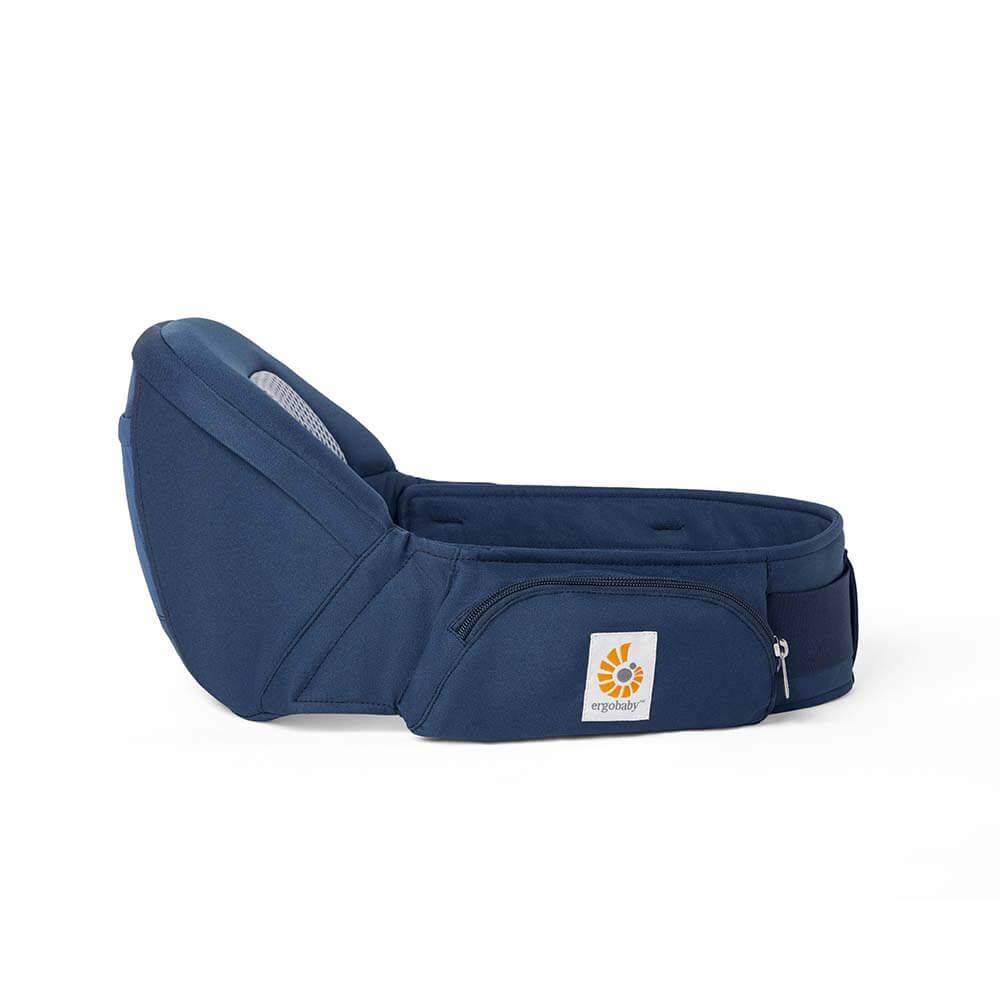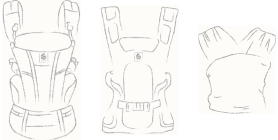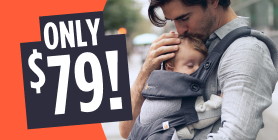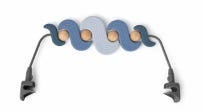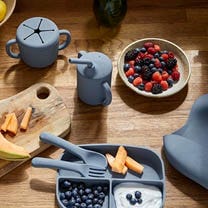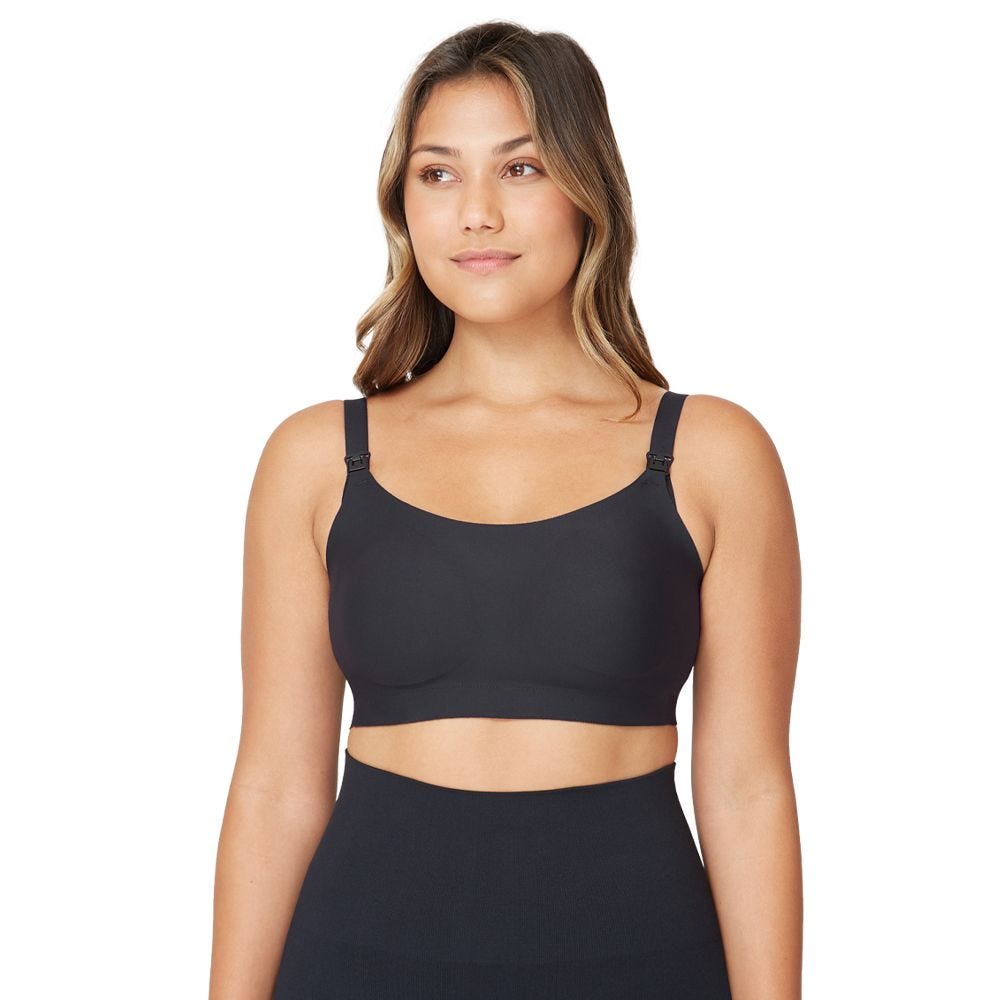Tammy Jennings
There is no way to dispute the advantages of carrying a baby as often as possible. Babywearing is the best way to keep both mother and baby happy, while allowing for the tasks that women (and men) need to do while still caring for an infant. Along with making life’s tasks easier, babywearing has been proven to be good for baby, and mother, on a physiological, mental and physical level. The senses are constantly being ignited in this position. Babies can smell more clearly, see, feel, hear and even taste, if they are breastfed, while still in a carrier. Keeping their senses alive and aware is a very good thing for a newborn baby. Mothers, who carry their babies closely, release more oxytocin when carrying their infants. This helps them to bond better with their babies and breastfeed with greater ease. It also lowers the chances of post-partum depression. Babywearing helps the baby to bond with the mother; making her/him feel safe, secure and protected. Babies who are carried
Sometimes, whatever you do it is not going to work, and sometimes, doing nothing is what works best. This is true of a lot of things in life, from curing a headache to fixing a drain, but is never more obvious than when trying to stop a baby from crying. This morning, I was taking my usual walk. It’s a 2.2-mile loop that takes me about 40 minutes. It is a great part of my day, and I always see an interesting cross section of people in the neighborhood walking, running, biking and pushing baby strollers. Today, while I was about half-way around, I saw a young couple walking towards me with their baby screaming at the top of her lungs in her stroller. They looked so tired, so utterly exhausted, that I had to say something to them. “Rough night?” I asked. After rolling their eyes and nodding their heads in agreement, they said, “You know it!” We chatted for a moment, and I commiserated with them about their struggle. “Sometimes just taking her outside is the only thing that helps.”
Hip dysplasia, also referred to as developmental dysplasia of the hip (DDH), is widely believed to be developmental. I am not an expert on this subject, but thankfully there are those who are experts, and that is where I turned when I wanted to know more. The International Hip Dysplasia Institute (IHDI), which started in Orlando, Florida is on a mission. Their board of doctors, researchers and supporters are committed to providing the best information and care for, “children and adults affected by neonatal hip instability and developmental dislocation of the hip.”[1] They are an international non-profit organization started to educate parents and physicians about hip dysplasia. The exact cause(s) are not known; however, it is known to develop around the time of birth, after birth, or even during childhood. It is believed that infants are prone to hip dysplasia for a variety of reasons: 1. Hip dysplasia is approximately 30 times more likely when there is a family history. 2. The baby's
“Attachment parenting,” as we know it, comes from the work of Dr. William Sears and his wife Martha Sears, R.N. They were among the leading proponents of attachment parenting in America. But the original idea comes from John Bowlby, a British psychiatrist, physician and writer. Born in 1907, he was raised by a nanny in his home, where he saw his mother only at exact times of the day, teatime for one hour. This was not uncommon at that time with the upper class. He was very attached to his nanny, but after 5 years, she had to leave. He was devastated, and, at age 7, he was sent away to boarding school. This was very difficult for him and he suffered tremendously. He was quoted in his book, Separation: Anxiety and Anger, as saying; "I wouldn't send a dog away to boarding school at age seven."[1] Because of his own experiences, he continued to have sensitivity towards children for his whole life. He did not consider boarding school a bad thing for children over the age of eight, or
When we say that something is “touching,” or we are “touched by” something, we mean that we are somehow moved by it emotionally; that it reaches a place deep within our hearts. This also happens with massage. When we are relaxed enough, and in “touch with” our bodies enough, we are able to access a place inside where all is well in our world. This state is most important in keeping babies and their caretakers happy, healthy, and bonded. Babies are like little stars that came to earth. Their light will shine brighter and brighter as they grow and laugh and feel enveloped in the love that you will bring to them. As parents in a busy world, relaxation is often an overlooked aspect of our health. We make the time to exercise, eat right and hopefully sleep enough, but when it comes time to relax we often are remiss in giving ourselves that “luxury.” How many times do we mean to meditate, stretch, do yoga, take a walk, pray, or take a long hot bath? Not often enough. It’s important to remember
Countless articles, reports and doctors assure us that “breast is best,” and in terms of a newborn’s nutritional needs, of course it is. Thankfully, there are alternatives in the rare cases where breastfeeding, or feeding breast milk, is not possible. Those instances are rare, and as The World Health Organization states, “Only under exceptional circumstances can a mother’s milk be considered unsuitable for her infant. For those few health situations where infants cannot, or should not, be breastfed, the choices of the best alternatives are–expressed breast milk from an infant’s own mother, breast milk from a healthy wet-nurse or a human-milk bank, or a breast-milk substitute fed with a cup, which is a safer method than a feeding bottle and teat–depends on individual circumstances.” [WHO 2003] Breast milk contains the hormone oxytocin, the feel good hormone, which promotes bonding. It reduces the chances of breast, uterine and ovarian cancer, and may reduce the rate and intensity
What exactly is a doula? While there are people who have heard of doulas, there are just as many who will ask me to repeat myself as if I was speaking a foreign language. In a way, they are right. The word doula comes from the Ancient Greek word doulē meaning “woman’s servant.” Although at the time it was more of a servant position, the name has come to mean something very special. In the past 20 years doulas and midwives have reemerged to become a very important part of the birth process for many women. In fact, currently the use of Doulas has more than tripled in the U.S., as parents have seen how beneficial it is to have a Doula be a support system, most especially during labor. A doula is a labor assistant, hired to give continuous care to the pregnant woman and her partner before, during and after childbirth. She is not a doctor or a nurse or even a midwife. A midwife is a medically trained person who has acquired the requisite qualifications to be registered and/or legally licensed





